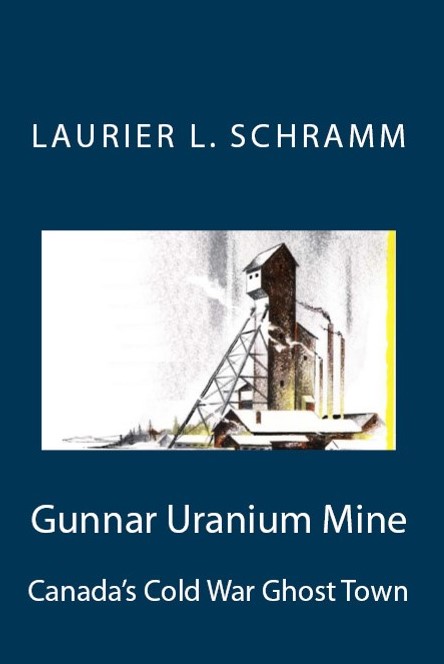Gunnar Uranium Mine: Canada’s Cold War Ghost Town
The Gunnar mine, mill, and town-site were built in a remote location in northern Saskatchewan, Canada. Like most mining communities the town boomed, first with construction workers and miners, and later with families. When the Gunnar mill construction was completed in the fall of 1955 it doubled Canada’s uranium production capacity. By 1956 the Gunnar mine was considered to be the largest uranium producer in the world.
The Gunnar mine produced over 5 million tonnes of uranium ore, nearly 4.4 million tonnes of mine tailings, and an estimated 2.7 million cubic metres of waste rock. Following closure in 1964, the Gunnar site was abandoned with little remediation and no reclamation being done. One website refers to the Gunnar mine as “the second greatest environmental disaster area in Canada.”
The Gunnar town-site was built to serve the mine and mill and at one time had a population of about 850 people. By 1964 it was a ghost town. Ghost towns are not unusual in Western Canada. Saskatchewan has about 300, of which Gunnar was probably the most recent, the largest at its peak, and possibly the most interesting.
Forty years would pass before the governments of Saskatchewan and Canada reached an agreement to fund the remediation (clean-up) of the Gunnar site, and contracted the management of the project to the Saskatchewan Research Council (SRC). At the time of writing this book the clean-up was well underway, with several years of clean-up activity remaining, and a further expected 10-15 years of monitoring activity before the site is expected to be released into a long-term management and monitoring program.
________________________
